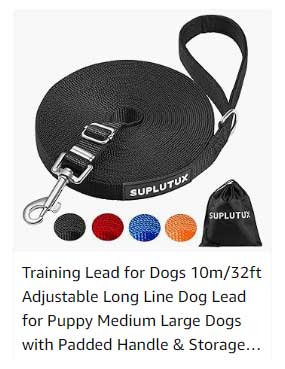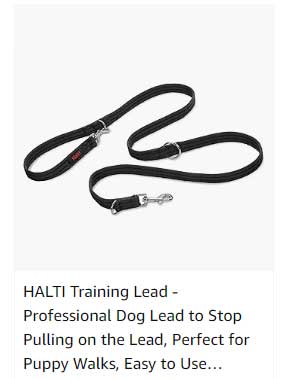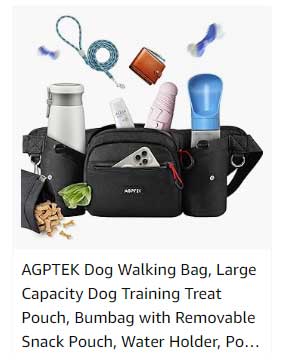When it comes to walking your dog, the equipment you choose is crucial for both their safety and comfort.
Two popular options are collars and harnesses, each with its own set of advantages and disadvantages.
Understanding the differences can help you make an informed decision that best suits your dog’s needs.
Collars: The Traditional Choice
Pros: 1. Simplicity:
Collars are easy to put on and take off, making them a convenient option for everyday use.
They can hold identification tags, which is vital for lost pets.
2. Variety:
Collars come in various styles, materials, and colors, allowing for personal expression.
From leather to nylon, you can find a collar that fits your dog’s personality.
3. Training Tool:
Some dogs may respond well to training collars (like choke, prong, or martingale collars) that help in teaching proper leash manners.
However, these should be used with caution and under professional guidance.
Cons:
1. Neck Injury Risk:
Collars can pose a risk of injury, especially for dogs that pull hard during walks.
Excessive pulling can lead to neck injuries, respiratory issues, or even damage to the thyroid glands.
2. Limited Control:
Collars give less control over a dog’s movement, especially larger breeds that may pull on the leash.
This can make walking them a challenge.
Harnesses: The Comfortable Choice
Pros: 1. Reduced Risk of Injury:
Harnesses distribute pressure across the dog’s chest and back, reducing the risk of neck injuries.
This is especially beneficial for dogs prone to respiratory issues or those in need of extra support due to physical conditions.
2. Better Control:
A harness provides greater control during walks, which is particularly helpful for larger dogs or those that tend to pull.
It makes it easier to redirect their attention and keep them safe.
3. Variety of Options:
There are numerous types of harnesses, including front-clip, back-clip, and no-pull designs, allowing you to choose one that best fits your dog’s behavior and needs.
Cons:
1. Complexity:
Some harnesses can be tricky to put on, especially for new pet owners.
This may discourage their regular use if the setup becomes a hassle.
2. Less Visibility for ID Tags:
Unlike collars, harnesses typically don’t have a designated spot for ID tags, which means you need to find another way to carry them for safety.
Consider Your Dog’s Needs
When deciding between a collar and a harness, consider your dog’s size, breed, and behavior.
If your dog tends to pull on the leash or has a medical condition affecting its neck, a harness might be the better option.
On the other hand, for dogs that don’t pull much and are well-trained, a collar may suffice.
Conclusion
Ultimately, whether a collar or harness is better depends on your dog’s specific needs and your lifestyle.
In many cases, dog owners find that using both a collar and a harness provides the right balance of safety, comfort, and style.
Whichever you choose, ensure that it fits correctly and is suitable for your dog’s size and activity level.
Regularly check the fit and condition of your chosen equipment to keep your furry friend safe and comfortable.











